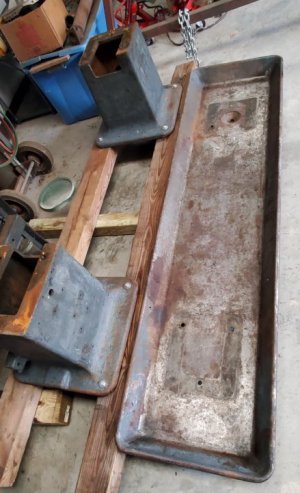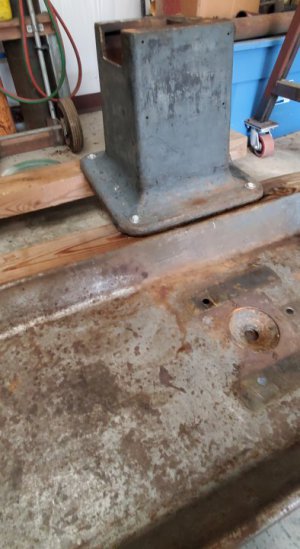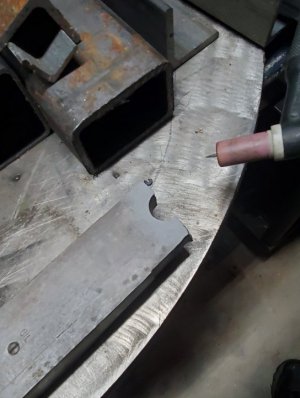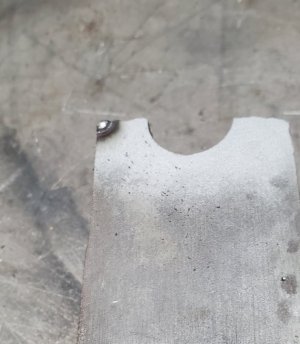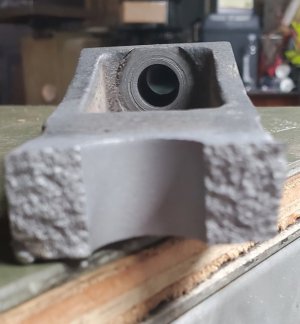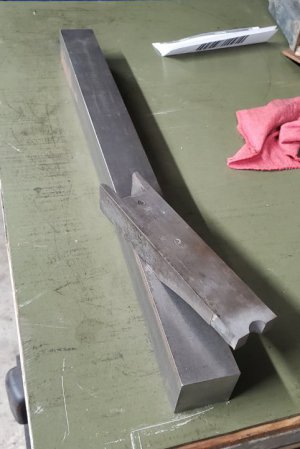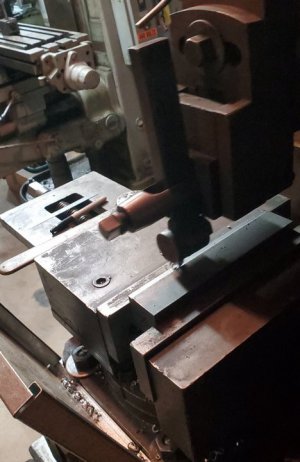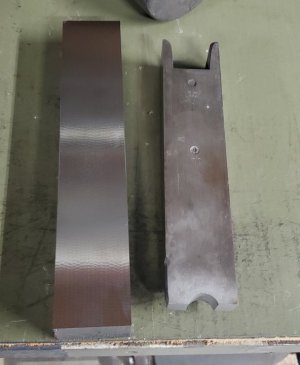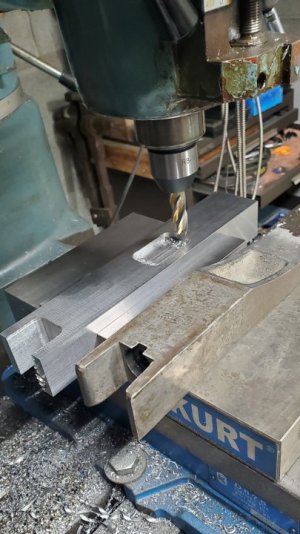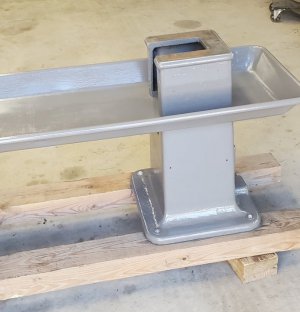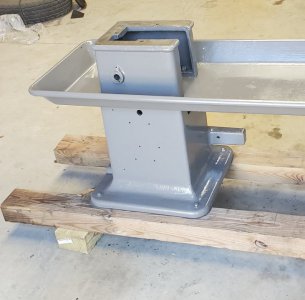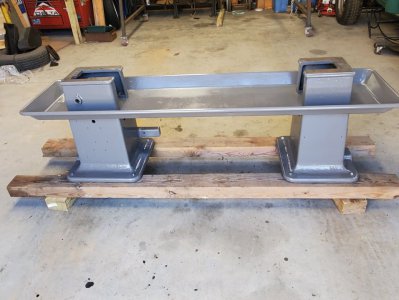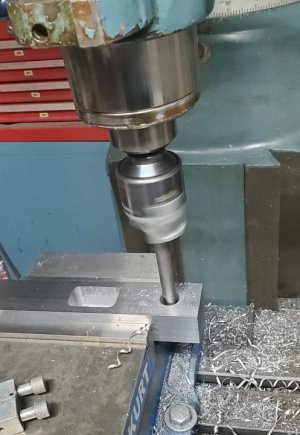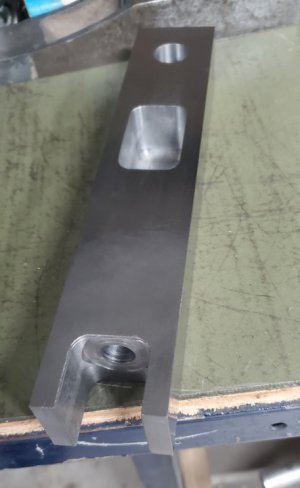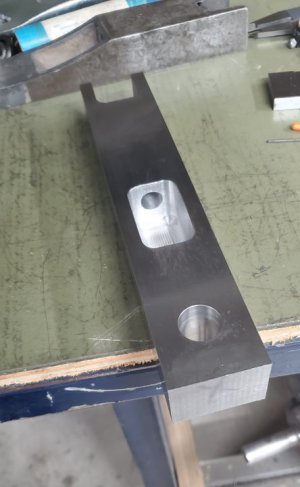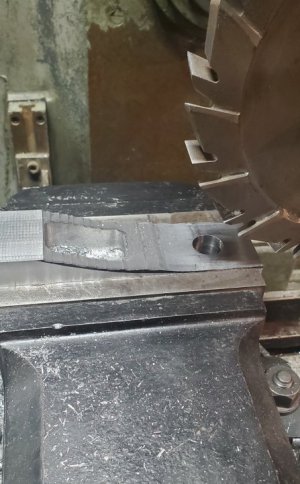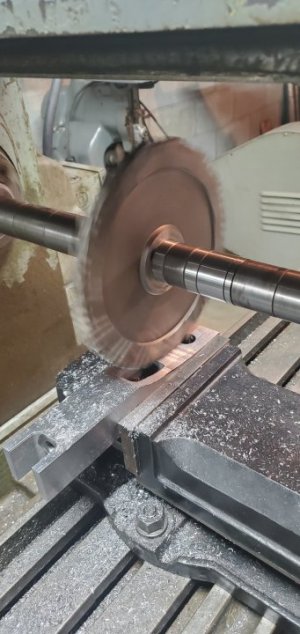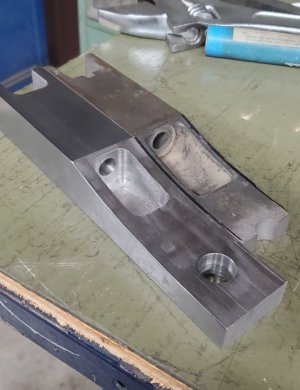- Joined
- Nov 28, 2016
- Messages
- 2,344
This afternoon I spent some time scraping crud out of the chip pan... under the right hand riser I discovered an oil drain that was covered with 1/4 inch of crud...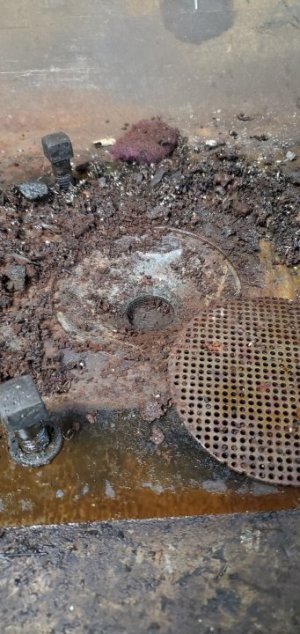
It drains into a sump in the right leg, and there is a plug in the side of the leg to drain it...
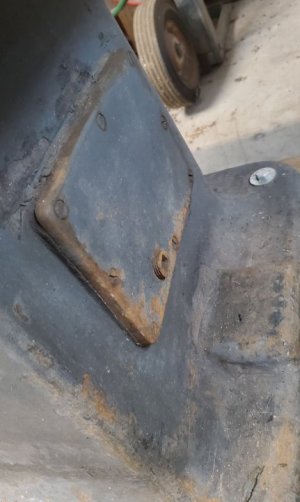
I finished scraping out the pan...
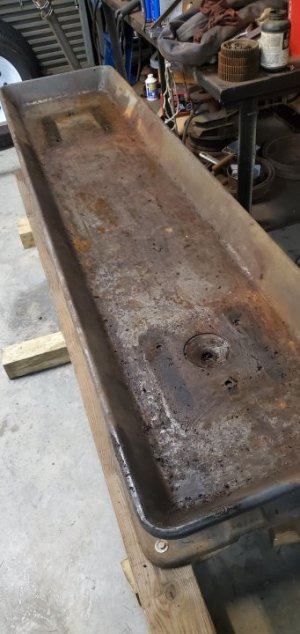
...and then my curiosity won, and I had to take the pan off to see what was in the sump. I was hoping it would be packed with 100 dollar bills... but it was empty...
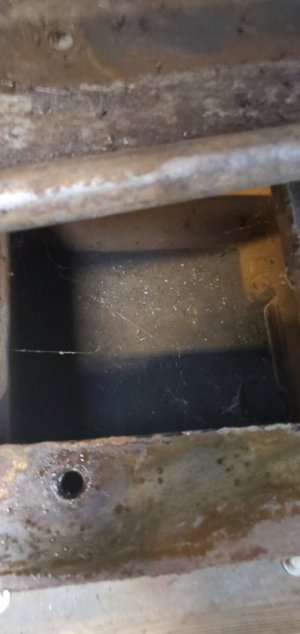
...except for a few cobwebs. Oh, well...
-Bear

It drains into a sump in the right leg, and there is a plug in the side of the leg to drain it...

I finished scraping out the pan...

...and then my curiosity won, and I had to take the pan off to see what was in the sump. I was hoping it would be packed with 100 dollar bills... but it was empty...

...except for a few cobwebs. Oh, well...
-Bear


